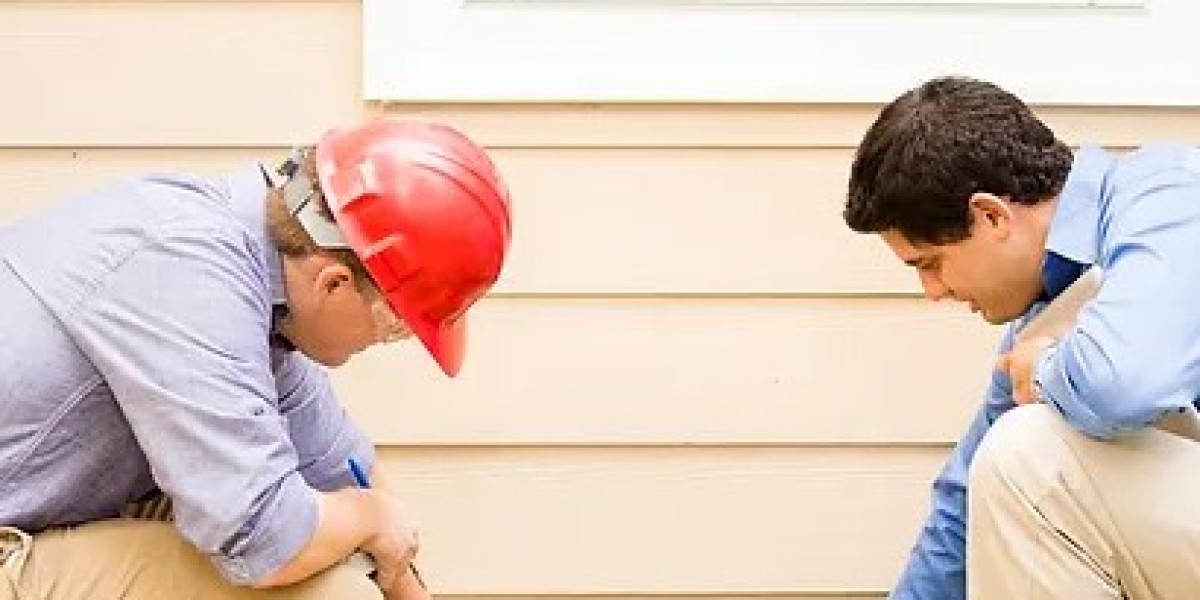The basement or crawlspace of a home often remains hidden from plain sight, yet its significance cannot be overstated. Whether it's providing structural support, housing vital utility systems, or safeguarding against environmental hazards, the basement/crawlspace plays a crucial role in maintaining a healthy and functional living space. However, neglecting regular inspections of these areas can lead to a myriad of issues, ranging from structural damage to health hazards. In this comprehensive guide, we delve into the importance of basement/crawlspace inspections, highlighting their impact on structural integrity and health safety.
Understanding Basement/Crawlspace Inspection:
Basement and crawlspace inspections involve a thorough assessment of these below-ground areas to identify any existing or potential problems. These inspections are typically conducted by qualified professionals, such as home inspectors, structural engineers, or pest control specialists, who possess the expertise and tools necessary to evaluate these spaces effectively.
Structural Integrity:
A primary focus of basement/crawlspace inspections is assessing the structural integrity of the foundation and support systems. Over time, factors such as soil movement, water infiltration, and inadequate construction can compromise the stability of these areas. Inspectors examine for signs of cracks, shifts, or deterioration in the foundation walls and floor joists, as well as any evidence of water damage or mold growth.
Detecting structural issues early through regular inspections can prevent costly repairs and ensure the safety of the entire structure. Timely intervention allows homeowners to address underlying problems before they escalate, preserving the integrity of the building and minimizing the risk of structural failure.
Moisture and Water Intrusion:
Basements and crawlspaces are particularly vulnerable to moisture and water intrusion, which can lead to a host of issues, including mold growth, rot, and damage to building materials. During inspections, professionals assess the effectiveness of drainage systems, such as sump pumps and perimeter drains, in diverting water away from the foundation.
Additionally, inspectors look for signs of dampness or water staining on walls and floors, as well as evidence of standing water or excessive humidity levels. Addressing moisture problems promptly is essential to prevent further damage and mitigate health risks associated with mold and mildew.
Air Quality and Ventilation:
Poor ventilation in basements and crawlspaces inspection can contribute to indoor air quality issues, as stagnant air provides an ideal environment for mold, mildew, and other pollutants to thrive. Inspections may include evaluating the effectiveness of ventilation systems, such as vents, fans, and dehumidifiers, in promoting air circulation and reducing humidity levels.
Furthermore, inspectors assess for any signs of pest infestations, such as rodents or insects, which can compromise air quality and pose health risks to occupants. Ensuring adequate ventilation and pest control measures are in place is essential for maintaining a healthy living environment.
Electrical and Utility Systems:
Basements and crawlspaces often house essential utility systems, including electrical wiring, plumbing, and HVAC (heating, ventilation, and air conditioning) equipment. Inspections involve checking for proper installation, maintenance, and functioning of these systems to prevent safety hazards and operational issues.
Inspectors examine electrical components for signs of damage or deterioration, such as frayed wires or overloaded circuits, and ensure they meet current safety standards. They also assess the condition of plumbing pipes, fittings, and fixtures to identify leaks or corrosion that could lead to water damage.
Conclusion:
In conclusion, basement/crawlspace inspections are an integral part of maintaining the structural integrity and health safety of residential properties. By conducting regular assessments of these below-ground areas, homeowners can identify and address potential problems before they escalate, minimizing the risk of costly repairs and health hazards. From ensuring structural stability to mitigating moisture issues and optimizing utility systems, thorough inspections play a crucial role in preserving the longevity and livability of homes. Investing in professional inspections is a proactive measure that can provide peace of mind and protect the value of one's property in the long run.








